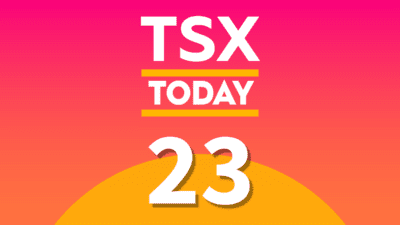Have a TFSA? Congratulations! You’re one of the smartest investors in Canada. Seriously.
Every year, millions of eligible Canadians fail to take advantage of a TFSA. Whether it’s a lack of will or knowledge, these savers volunteer millions of dollars to the government every year. With a TFSA, you keep that money in your pocket.
Opening a TFSA is simply the first step. To harness its full potential, pay attention to the follow tips and tricks.
Know the rules
This tip is as simple as it gets: know the rules of a TFSA. This section is so boring that you may be tempted to skip it, yet misunderstanding the rules can be extremely costly. It’s one of the only ways that the Canada Revenue Agency can tax your TFSA. Let’s dive in.
The first thing that you need to know is that TFSAs have annual contribution maximums. The limit was $5,000 annually from 2009 to 2012, moving to $5,500 for 2013 and 2014. In 2015, it jumped to $10,000, reverting to $5,500 from 2016 to 2018. For both 2019 and 2020, the limit was $6,000.
That’s a lot of numbers, but it’s critical to know that the annual contribution maximum is a bit misleading. That’s because it’s only the lifetime maximum that really matters.
Every Canadian has their own lifetime contribution maximum. It starts accruing the year you turn 18. So if you turned 18 in 2009, the year the TFSA was first released, or earlier, then your lifetime contribution maximum would be $69,500, which is the sum of each year’s annual limit. Unused room rolls over, so if you opened a TFSA today, you’d be eligible to immediately contribute $69,500, not just the annual max for 2020.
Knowing your lifetime maximum is critical for two reasons.
First, many Canadians have more contribution room than they think. Remember that you can contribute up to your lifetime limit at any time, even if the annual limit is surpassed. Second, it can be costly to over-contribute. The Canada Revenue Agency will charge you a 1% tax every month on any excess contributions, so be sure to stay within your personal lifetime limit.
Eliminate your weaknesses
Here’s a secret: you’re weaker than you think. The thing is, we’re all weaker than we think. Saving is a perfect example. We know that it’s in our best interest, yet year after year, the majority of Canadian don’t save as much as they’d like.
The trick is to not trust yourself with saving. Instead, trust a robot.
Nearly all TFSAs allow for automated contributions. They’re exactly what they sound like: contributions that happen automatically. For example, you can have a recurring deposit of $250 every two weeks. Computers take care of the rest.
Once you get automated contributions established, you never have to lift another finger to save on a regular basis. In fact, you have to exert effort to avoid the contribution from happening. You turn your great weakness into your greatest strength, completely outsourcing the job of saving.
Millions of Canadians ignore the power of automated contributions, but those that have used them know just how reliable they can be. Start small, even as low as $100 per month. Just be sure to get automated contributions started. From there, it only takes a few clicks to up the ante.








